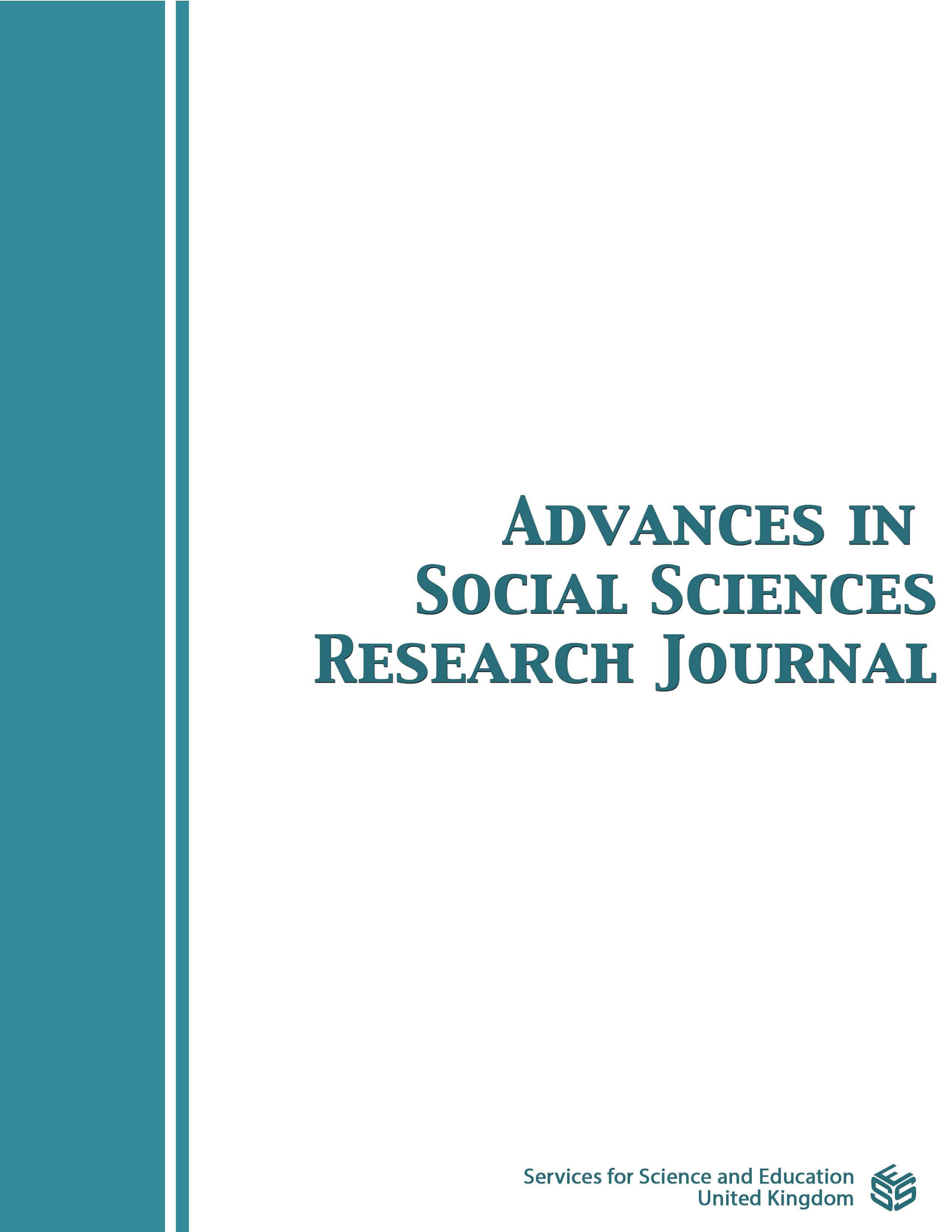English Language Teaching in Uganda: The Challenges Faced by the English Teacher During the Covid-19 Lockdown
DOI:
https://doi.org/10.14738/assrj.102.13843Keywords:
Blended Learning, COVID-19, English Language, Learning Management SystemAbstract
English language is widely regarded as the lingua franca meaning that it is the most widely spoken language in the World. This article emerges from the desire to document English language teaching in teacher training institutions in Uganda during the COVID-19 pandemic lockdown. In particular, it documents the challenges faced and mitigation measures put in place by English language teacher trainees. The paper is underpinned by two objectives - namely: first to describe English language taught in Higher Education institutions in Uganda during the lockdown and secondly, to explain the challenges teacher trainees faced in learning English during the lockdown. The paper culminates from a study that followed a phenomenology design where data was collected through observation and interviews. Findings established that English language was mainly taught using WhatsApp, the university learning management system and e-mail. In this kind of teaching and learning, teacher trainees faced the challenges of limited interaction, lack of reliable Internet and poor technological knowledge. Therefore, the study recommended that higher education institutions continue using the blended mode of instruction in English language education so that English language teacher trainees can gain the technological pedagogical knowledge relevant to teach English
Downloads
Published
How to Cite
Issue
Section
License
Copyright (c) 2023 Ssegantebuka Julius, Nabiryo Nancy Rosemary

This work is licensed under a Creative Commons Attribution 4.0 International License.
Authors wishing to include figures, tables, or text passages that have already been published elsewhere are required to obtain permission from the copyright owner(s) for both the print and online format and to include evidence that such permission has been granted when submitting their papers. Any material received without such evidence will be assumed to originate from the authors.






